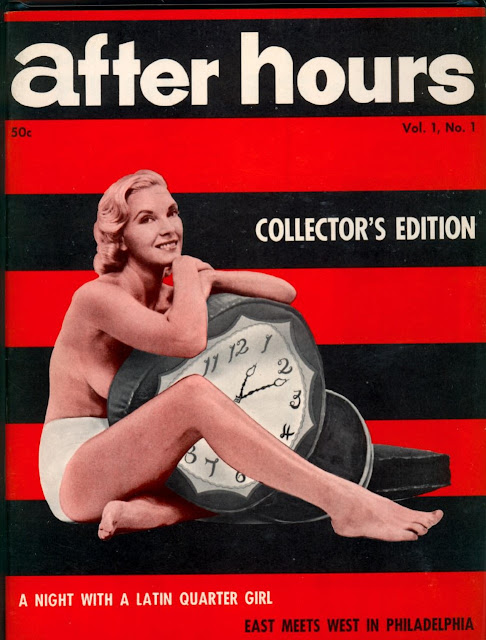James Warren is one of the most important people in the history of comic books, who as it turned out never published a comic book. Rather he published magazines, larger more up-scale items which in dynamic black and white presented a somewhat more sophisticated attitude about the graphic storytelling beneath sometimes admittedly pretty garish covers. He didn't start out wanting to be Stan Lee, though he did come to regard Marvel's maven as his primary competition.
James Warren wanted to be Hugh Hefner, the prophet of sexual emancipation who in many ways defined the pop culture of the 50's,60's and 70's. To that end his first publication was a Playboy-like magazine called After Hours. There were a lot of publishers who wanted to be Hugh Hefner though and the newsstands were stuffed with magazines featuring naked and semi-naked dames to quicken the libidos of America far and wide. So After Hours did not last and left Warren casting about for another way to make hay as the sun glimmered on the robust publishing business set to meet the needs and desires of the burgeoning baby boomers. One thing they seemed to like was monsters.
So Warren collaborated with a science fiction fan with a penchant for horror named Forry J Ackerman to create Famous Monsters of Filmland, a magazine that became the bible for the up and coming "Monsterkids" who gobbled up every morsel about monsters, both classic and new. The first cover for FMoF above shows James Warren under a Frankenstein mask alongside a buxom dame, giving off signals to both the Playboys and the "Monsterkids" at the same time. It seemed to work because the success of this presumed one-shot triggered the Warren Publishing empire. Here are some of the magazines of that "empire".
Warren Publishing seemed in some ways like a small outfit, and in many ways it was. A limited staff but able to reach out to some of the best talent in the industry, both domestically and overseas. Warren wanted to be Hugh Hefner, but to this fanboy that would've been a waste. We already had Hugh Hefner, what we needed was James Warren.






















































